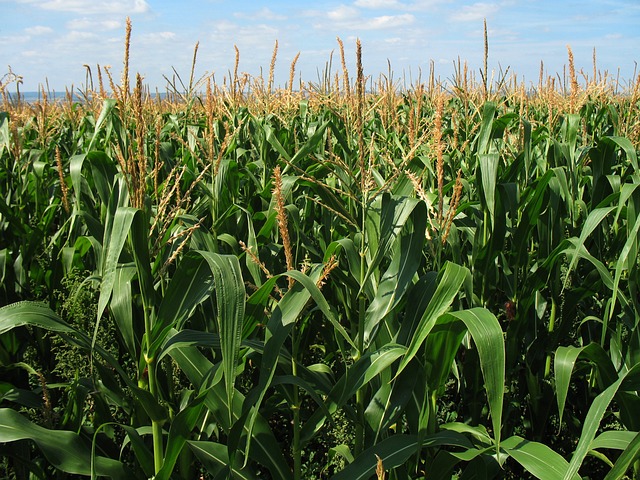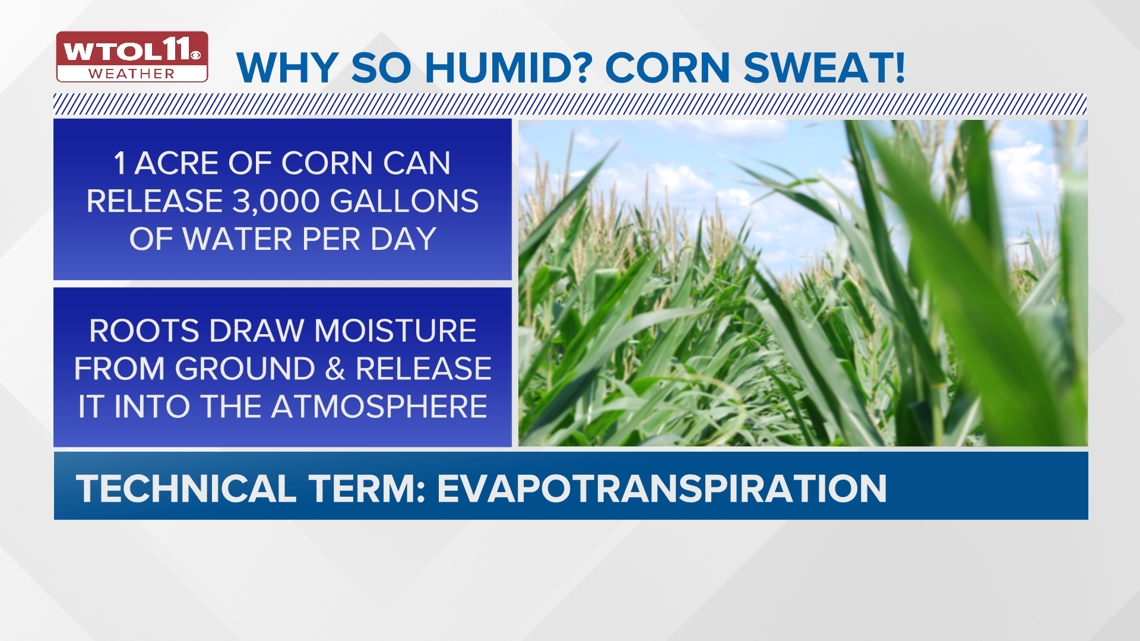 Think of some reasons why temperatures are so high during the summer heat. I’m sure none of the reasons that came to mind had to do with corn and more specifically corn sweat.
Think of some reasons why temperatures are so high during the summer heat. I’m sure none of the reasons that came to mind had to do with corn and more specifically corn sweat.
For people in the Midwest, one of the causes of heat waves is corn sweat. Since Iowa and Illinois are responsible for a third of US corn production, the air feels more oppressive and humid than normal in those states.
Corn sweat doesn't actually involve corn sweating like a high-performance athlete, but it has everything to do with evapotranspiration.
Due to evapotranspiration and greenhouse gases in the atmosphere, temperatures reached 105 degrees F to 115 degrees F in the Midwest last summer. So you’re probably wondering, what is corn sweat and evapotranspiration and why has it caused excessive heat waves in the Midwest?
Corn Sweat and Evapotranspiration
Evapotranspiration is when plants absorb water from the ground and release it into the atmosphere to lower temperatures and distribute nutrients.
In the parts of the world where there are tightly packed plants in a small amount of space, such as a forest or cornfield, humidity levels are high due to evapotranspiration. A study from the Harvard-Smithsonian Center found that corn sweat can increase moisture in the air above it by 40%.
 Additionally, increased moisture in the atmosphere causes dew points to rise. The dew point is the temperature the air needs to be in order to let water vapor condense into droplets. Dew points of 55 degrees Fahrenheit feel dry and normal while dew points of 70 degrees Fahrenheit feel uncomfortably hot.
Additionally, increased moisture in the atmosphere causes dew points to rise. The dew point is the temperature the air needs to be in order to let water vapor condense into droplets. Dew points of 55 degrees Fahrenheit feel dry and normal while dew points of 70 degrees Fahrenheit feel uncomfortably hot.
Naturally, evapotranspiration is supposed to cool the surrounding air because it is a process that absorbs heat. Think of a cool forest versus a hot playground on a summer day. The industrial farmland that has replaced the natural prairies of the Midwest lacks biodiversity of different types of plants that have various root depths and water needs. Diverse ecosystems create a balanced moisture cycle, as opposed to the uniformity of cornfields that draw water from the soil more quickly.
Why an Issue in the Midwest?
One acre of corn, which is a little smaller than a football field, produces 3,000 to 4,000 gallons of corn sweat in a day! The normal high summer temperatures combined with corn sweat humidity and trapped heat by greenhouse gasses in the atmosphere make heat waves hotter and more frequent.
Dew points in some areas of the Midwest have reached low 80s F. Moreover, heat-related health concerns are high in the Midwest, especially during late summer when heat waves coincide with state fairs or college move-in days. People need to be cautious when doing anything outside during July and August, especially when working or exercising, which may lead to heat exhaustion or even a heat stroke.
Corn sweat may not involve the corn literally sweating. But due to the science of evapotranspiration and rising dew points, corn sweat has caused many humans in the Midwest to, unfortunately, sweat and experience rising heat wave temperatures.
Sources: Guardian, Vox, Scientific American







